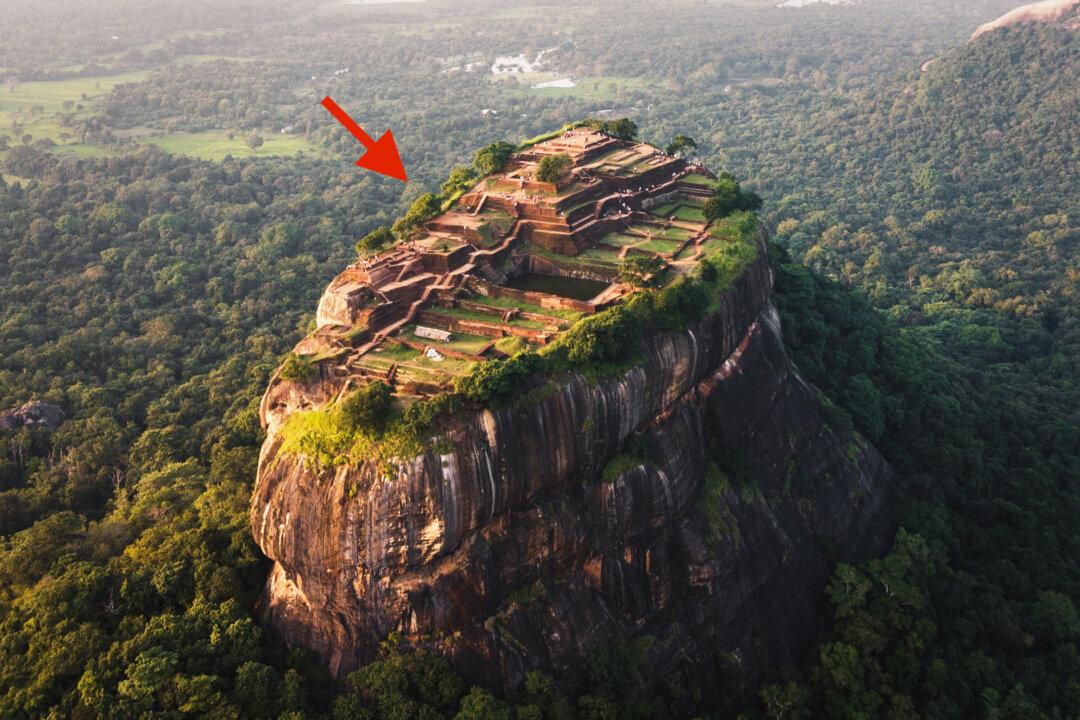An ancient fortress built on top of a giant granite rock formation in Sri Lanka, looming 200 meters above the surrounding landscape, is said to have been built by a 5th-century king to bridge the gap between our world and the kingdom of the gods. The stunning structure is shrouded in mystery to this day.
Sigiriya (or Lion Rock Fortress) is located in the remote Matale District of Sri Lanka’s Central Province and was commissioned by King Kashyapa in the year 477, who had the natural wonder transformed into an impenetrable palace complex after he claimed the throne unlawfully.





